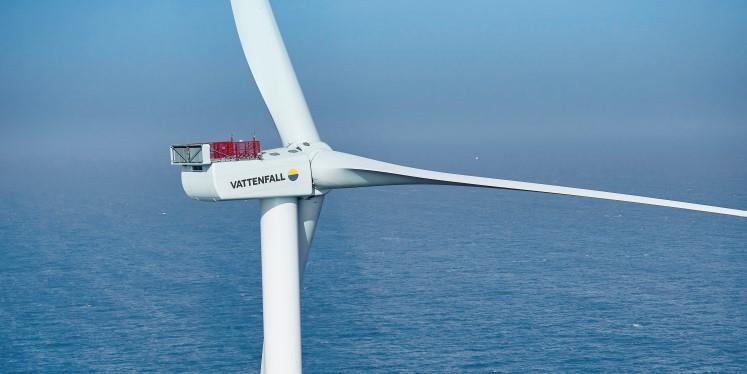
Fresh research has said that recent increases in the cost of offshore wind farms are mostly expected to be short term.
In its new report, the Energy Transitions Commission (ETC) said that the factors that drove up prices for offshore wind projects across 2022 and 2023, such as Covid-related supply chain bottlenecks and rising steel prices, are starting to return to normal.
However, it warned that the increase in cost of finance may remain over the medium term.
The report noted that offshore wind costs have fallen by around 60% in Western Europe between 2015 and 2022, making it a competitive source of power.
However, the effects of 2023’s rising costs and bottlenecks drove offshore wind costs up by around 40% in the UK.
This created a perceived offshore wind “crisis”, in the UK and US markets in particular, as many projects and contracts were cancelled, including Vattenfall’s 1.4 GW Norfolk Boreas project.
ETC chairman Adair Turner said: “Offshore wind is vital for the clean energy transition. It can generate electricity when the sun isn’t shining and doesn’t compete for land use.
“Now is a critical period to rapidly accelerate wind capacity if the world is to achieve net-zero emissions by mid-century. Governments should act now to restore market confidence by setting ambitious offshore wind targets and design auctions and contracts which provide market certainty and drive costs down.”
Getting offshore wind back on track
The report said that annual global wind generation needs to grow ten-fold from 2,000TWh in 2022 to over 20,000TWh by 2050 to achieve a net-zero global economy.
However, most countries are not on track to install sufficient offshore wind capacity by 2030 to align with a net-zero emission trajectory.
In addition, the ETC’s “Overcoming Turbulence in the Offshore Wind Sector” report called for governments and the offshore wind industry to join forces to restore confidence in the market, drive down costs and accelerate the clean energy transition.
Among its recommendations are setting ambitious targets and predefining auction schedules to ensure large-scale volumes committed and delivered year by year.
In addition, auctions should be designed with government-backed contracts to reduce the risks of non-delivery. Changes should include inflation-indexation to reduce developer risks and greater penalties for withdrawing from contracts to reduce contracts being treated as options. Governments must accept paying somewhat higher prices to remove this optionality.
The report also said that planning, permitting and grid connection processes should be streamlined, while also reinforcing the grid to reduce waiting times for offshore wind to connect.
Government and industry should ensure that wind turbine and component production can achieve economies-of-scale-based cost reductions by encouraging harmonisation of turbine components and sizes.
Finally, both sides should address specific supply chain bottlenecks through, for example, guarantees and subsidies for new installation vessels to carry larger turbines; and balancing the desire to encourage local supply chain content with the need to achieve high production volumes on a multi-country/regional level.
Recommended for you
